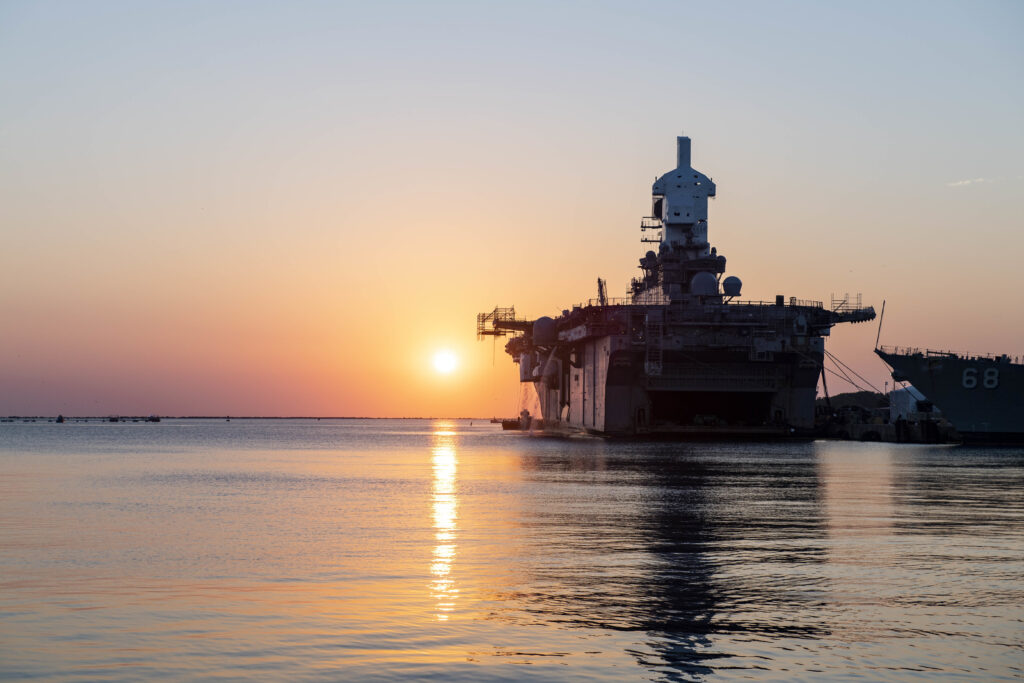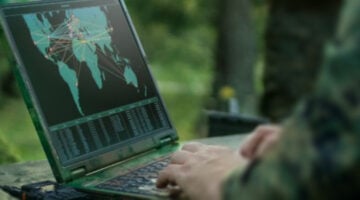
TEL AVIV: The Houthi rebels in Yemen have planted sea mines in the southern part of the Red Sea where US Navy and other allied ships are sailing, posing a possibly grave threat to shipping.
The Saudi-led coalition tried to tackle the problem but they have few useful tools. The Arab coalition said Friday that it had discovered and destroyed a marine mine planted by the Houthi militia in the southern Red Sea, Saudi state TV reported. The coalition said it was an Iranian-made Sadaf mine. That makes 171 sea mines found and destroyed, the coalition said.
According to some estimates the Houthis have scattered “some hundreds of sea mines ” in the Red and Arabian seas. Experts say that most of the mines are of the floating type and were detected by naval or cargo ships that have spotted them and reported.
According to Middle Eastern sources most of the naval mines are floating mines the Houthis release into the open sea. They are supplemented by networks of mines laid at a depth of 16 meters. They are triggered by the passage of ships above them.
Coalition forces managed to locate several such groups of underwater mines in an area south of Hanish Island in the Red Sea, last week, close to Bab al-Mandab. The U.S Navy’s amphibious assault ship, the USS Iwo Jima (LHD-7), is now in the Red Sea.
The US lacks mine sweeping tools as well, as Breaking D readers, know. The U.S. Navy operates an aging fleet of minesweepers and lacks a robust response to sea mines.
The coalition added that the Houthi militia’s hostilities and actions, with Iran’s support, threatened the security of the Bab Al-Mandab Strait, which connects the Red Sea to the Gulf of Aden and is a vital global energy gateway.
Since 2017 Houthi sea mines have caused death and damage to Saudi and Yemeni ships. Not all the encounters with sea mines are reported by the media. On March 10, 2017, two sailors died and eight more were wounded when a Yemeni Coast Guard vessel hit a naval mine in the Red Sea. In December 2020 a sea mine planted by Yemen’s Houthi rebels struck a cargo ship in the southern Red Sea, Saudi Arabia’s state-owned television channel reported recently, without providing further details. The coalition did not identify the vessel or elaborate on the attack.
Iran, according to sources has a huge number of sea mines and it has transferred many types to the Houthi rebels in Yemen. The source said that the Iranian arsenal includes acoustic, magnetic and contact of sea mines. Some are Iranian made and others have been supplied by Russia and China, including the EM-52, a rocket-propelled rising mine that resembles a bomb with extending fins. It can be activated by acoustic and magnetic pulses.
“We certainly have the ability to do it,” Iran’s foreign minister, Mohammad Javad Zarif, said after Teheran warned that it will close the Strait of Hormuz, a critical commercial passageway. “But we certainly don’t want to do it because the Strait of Hormuz and the Persian Gulf are our lifeline.” It’s a rare thing to hear Iranian officials speak plainly and honestly about such a thing.

